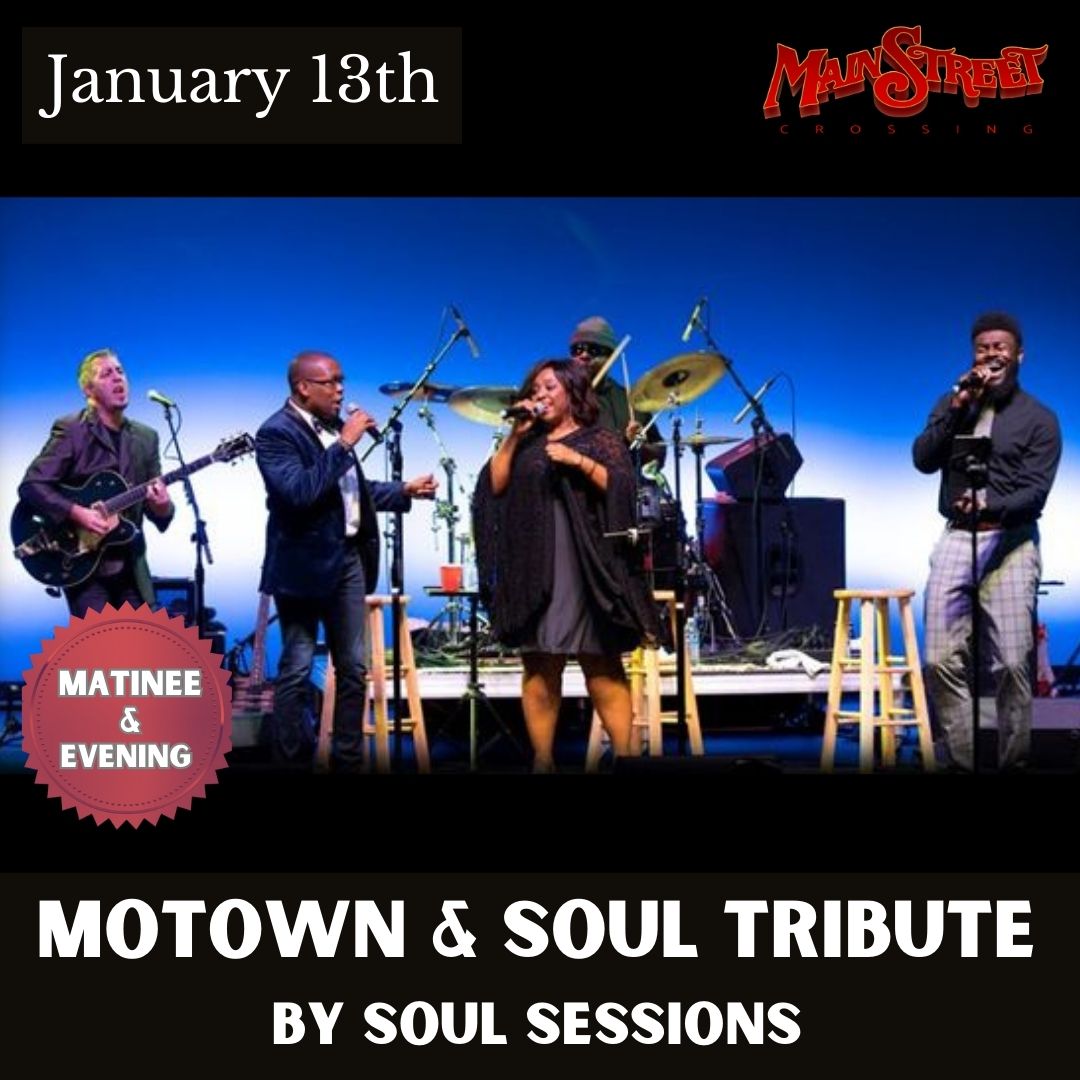
How much do you really know about Motown music and soul? If you’ve always wondered how they fit into the history of American music, here’s your “cheat sheet” to understanding a bit about these two genres.
Things to Know About Motown
Motown Records, with its iconic “Hitsville U.S.A.” sign, has long stood as the symbol of a musical revolution that began in Detroit in 1959. Founded by Berry Gordy, a former boxer and automobile worker-turned-songwriter, Motown quickly became a powerhouse in the American music industry. It was not just a record label but an inclusive cultural phenomenon, intertwining with the civil rights movement and becoming a beacon of Black pride and artistry.
The label’s impact has been profound: it produced chart-topping artists like Martha and the Vandellas, Smokey Robinson and the Miracles, The Temptations, The Four Tops, Diana Ross and the Supremes, Gladys Knight and the Pips, The Jackson 5, Stevie Wonder, and Marvin Gaye.
These artists contributed to the distinct Motown sound, which is characterized by great melodies, tambourines, hand clapping, blaring horns, vibrant bass lines, and memorable drum parts. Gordy’s innovative approach, likened to a car assembly line, was to create a good product quickly, making stars out of unknowns and refining their sound for mass appeal.
Things to Know About Soul
Concurrently with Motown’s rise, soul music emerged as a gospel-influenced genre in the late 1950s, peaking in the mid-1970s. It became the voice of a generation of young African Americans, reflecting the social and political changes of the time. Pioneers like Ray Charles, James Brown, Sam Cooke, and Curtis Mayfield transformed rhythm and blues into soul, infusing it with gospel’s emotional depth and intensity.
Soul music’s distinct style was marked by a range of vocal approaches, from the lyrical and tempered style of Curtis Mayfield to the gospel-folk of the Staple Singers and the percussive approach of James Brown. Performances often mimicked the Black Church style of preaching and gospel singing, marked by improvisation, repetition, and emotional intensity. This style was not just vocal; instrumentalists used technology to make their instruments “talk.”
The lyrics of soul music often promoted concepts related to Black Power and unity. Artists like Curtis Mayfield, James Brown, and Motown groups like The Temptations addressed social issues, racial pride, and empowerment through their music. By the end of the 1960s, soul and Motown artists were actively engaging with the social issues of the time, making their music a form of activism as well as entertainment.
However, by the mid-1970s, the distinctive sound of soul had largely disappeared, giving way to genres like funk, disco, and later, rap and hip-hop. Despite this, the legacy of soul and Motown continues to resonate, with these genres influencing contemporary music and embodying the spirit of Black excellence and creativity that has often been marginalized in American music history.
Experience the Joy of Motown and Soul With Main Street Crossing
You can experience the best of Motown and Soul music with Soul Sessions. See this incredible tribute band in an intimate concert setting at Main Street Crossing on January 13, 2024, at 4:00 and 8:00 p.m. These shows sell out every time. Click here to purchase tickets.
Main Street Crossing in Tomball, Texas is one of the best small music venues in the Houston metro area. This unique nonprofit in a historical venue hosts country, Americana, folk, blues, and other types of music artists in an intimate setting: the furthest seat is only 45 feet from the stage. MSC also offers food, beverages, table service, and community seating, making it easier to interact with fellow concertgoers and even performing artists. Parking is convenient and stress-free.
Main Street Crossing additionally functions as a multi-use venue for church services, concerts, and more located in Tomball. Check out our event calendar and enjoy entertainment in support of good causes!
